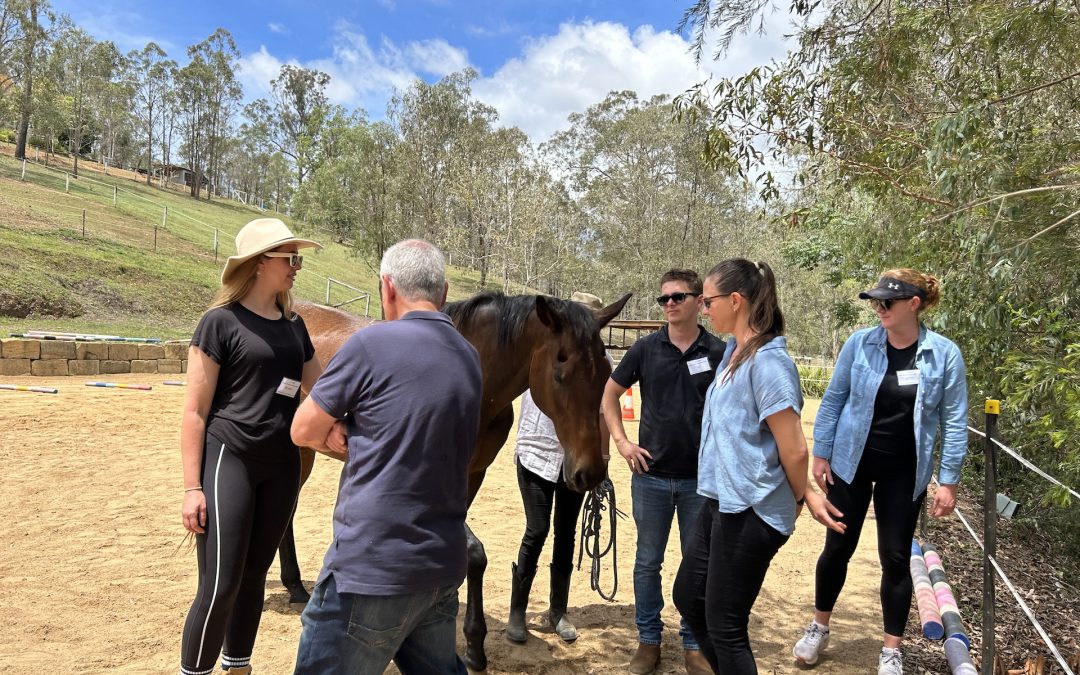Further to my previous piece about the relationship between awareness and presence in leadership, I’m going to examine their impact on leadership effectiveness. In particular, I will look at the effect of awareness and being present in communication, adaptability, emotional intelligence, decision-making and culture, and the relevance of equine assisted activities in leadership development.
-
Improved Communication: Leaders who listen actively and communicate clearly and empathetically, fostering open channels of communication and building trust within their teams. Working alongside horses will highlight immediately any ambiguous and unclear messages from individuals and teams, compelling open and honest communication.
2. Increased Adaptability: Awareness of the external environment and being present enable leaders to better navigate change, adapt to new challenges, and seize opportunities, making them more resilient and proactive. Horses are masters at navigating uncertainty enabling them to have thrived for millions of years in changing environmental conditions.
3. Strengthened Emotional Intelligence: The combination of awareness and presence boosts a leader’s emotional intelligence, improving their ability to manage their own emotions and understand and influence the emotions of others positively. Horses are highly sensitive beings and can sense whether our actions and intentions are congruent.
- Enhanced Decision-Making: Leaders who are both aware and present can make more informed and thoughtful decisions. They are less likely to be swayed by biases or react impulsively, considering a broader range of factors and potential impacts before acting. People think of horses as flight animals, but in fact they discern whether they need to expend the energy to run from a situation. For example, they will distinguish if the smoke in the air is from a BBQ or a bushfire, not simply smell smoke and flee.
5. Positive Organisational Culture: Leaders who practice awareness and presence contribute to creating a culture of mindfulness within their organisation, which can lead to higher levels of employee engagement, satisfaction, and overall well-being. Horse leaders sole motivation is the “health, harmony and unity” (June Gunther, TeachingHorse LLC) of the herd. When we lead horses in equine-based activities, they expect the same from us.
In summary, the relationship between awareness and being present is foundational to effective leadership. By developing both, leaders can enhance their ability to lead with empathy, clarity, and agility, driving positive outcomes for themselves, their teams, and their organisations. And an effective way to enhance these leadership qualities is through experiential equine assisted learning programs.


Recent Comments